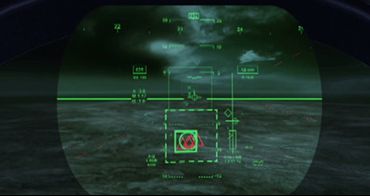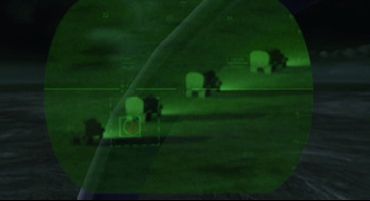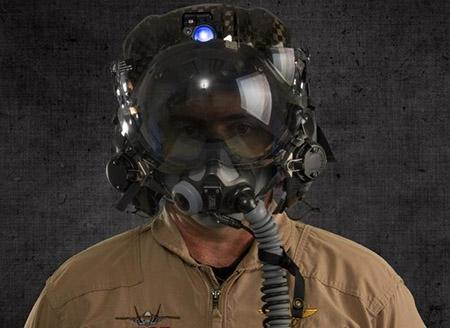We know practically everything about hunting, as we know its development problems, but to really understand what the F-35 will be, let's focus only on the helmet.
It is simply called a helmet. It is designed to protect the rider's head. Obviously he does that too, but it will be something never made for a fighter jet.
The pilot, wearing a helmet, will not see the physical limits of the cockpit, but the world: above, below or behind him. The pilot, turning his head, for example, will not see the tail rudder, but the sky behind it. The pilot's eyes, in fact, will be the six cameras installed on the fighter for viewing at 360 degrees.
 Each portion of the sky will be covered by the lens of a camera that will send the images to the pilot in real time. The visor of the helmet, therefore, becomes a window on the world.
Each portion of the sky will be covered by the lens of a camera that will send the images to the pilot in real time. The visor of the helmet, therefore, becomes a window on the world.
Defining it as a visor would be too simplistic. This is also a term that does not properly explain what the viewer will do that will project all the information necessary for flight and combat.
In addition to speed and altitude, for example, pilots should also see enemy fighters arriving as well as land stations hundreds of kilometers away.
Thus the test pilots of the F-35: “When the helmet is exactly synchronized with the eyes of the pilot, we enter a parallel world. Human eyes lend themselves to seeing the world as well as the F-35 sees it. "
This technology has a price. In April 2015, a single helmet costs just over 400 thousand dollars. Like the fighter, the helmet is also experiencing development problems.

Previous versions of the helmet had problems in the presence of turbulence. There were cases of latency in the video which caused motion sickness in the pilots. The night vision technology didn't work as well as it should. The "green light" obscured the view of the pilots. Things were so bad that in 2011 the Pentagon commissioned BAE Systems for an alternative helmet if the one under development didn't work. In 2013, it was decided to continue with that of Rockwell Collins.
According to the Executive Officer of the F-35 program, General Chris Bogdan, the helmet is no longer included among the top ten problems of JSF development. The one supplied today is the third generation helmet. It presents software and night vision improvements. However, there are problems of sharing between fighters when they fly together. The problem does not arise when the training consists of two fighters. In that case, the two F-35 are able to share information to the bitter end without problems. A formation of four fighters, on the other hand, provides a real unstable picture, providing pilots with false signals on the targets.
Recent flights have shown that progress on the helmet continues and that many of the previous problems have been solved. The greatest difficulties are found in the night vision and in the projection of the images on the visor of the helmet.
Franco Iacch
(photo: Lockheed Martin / Rockwell Collins)












